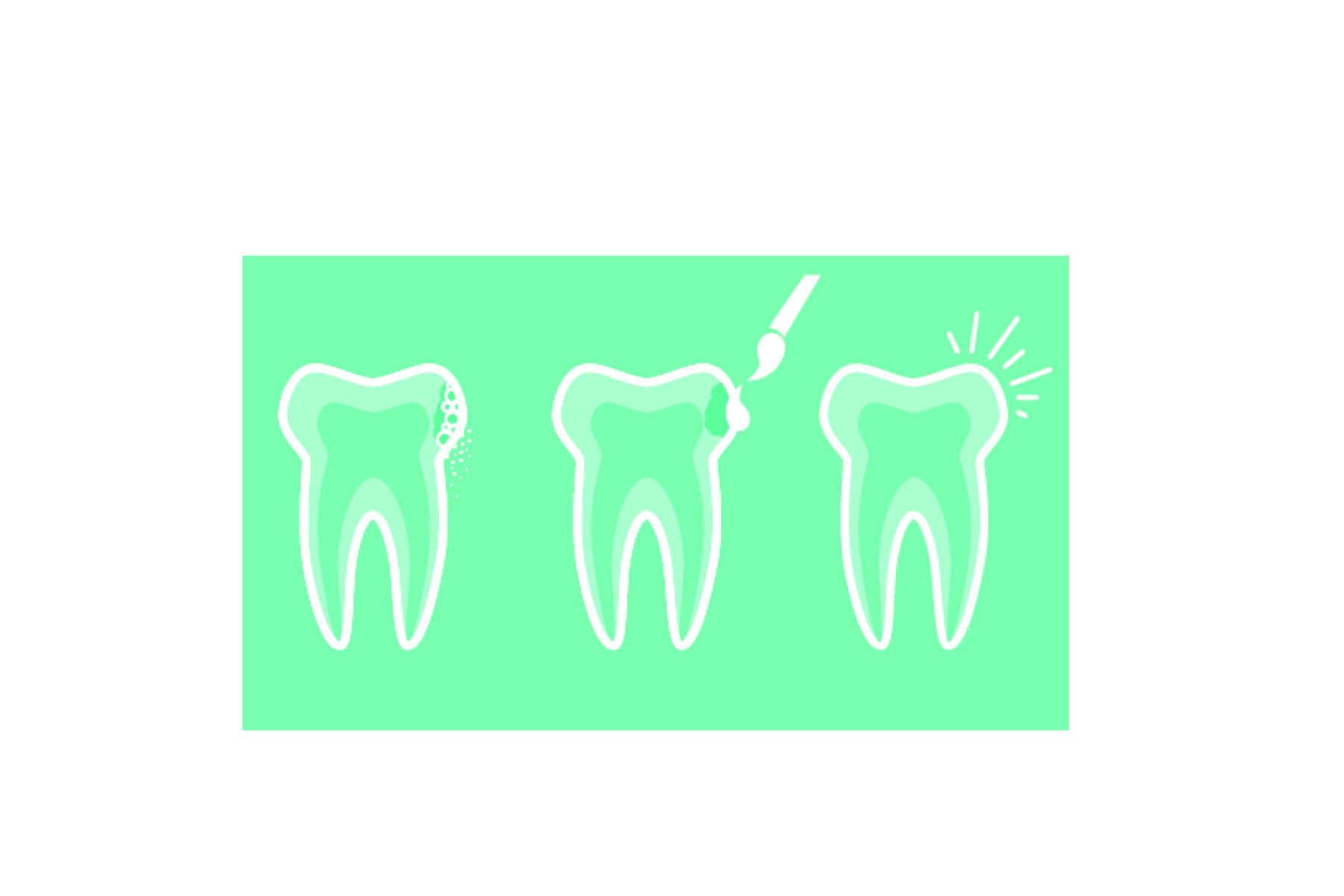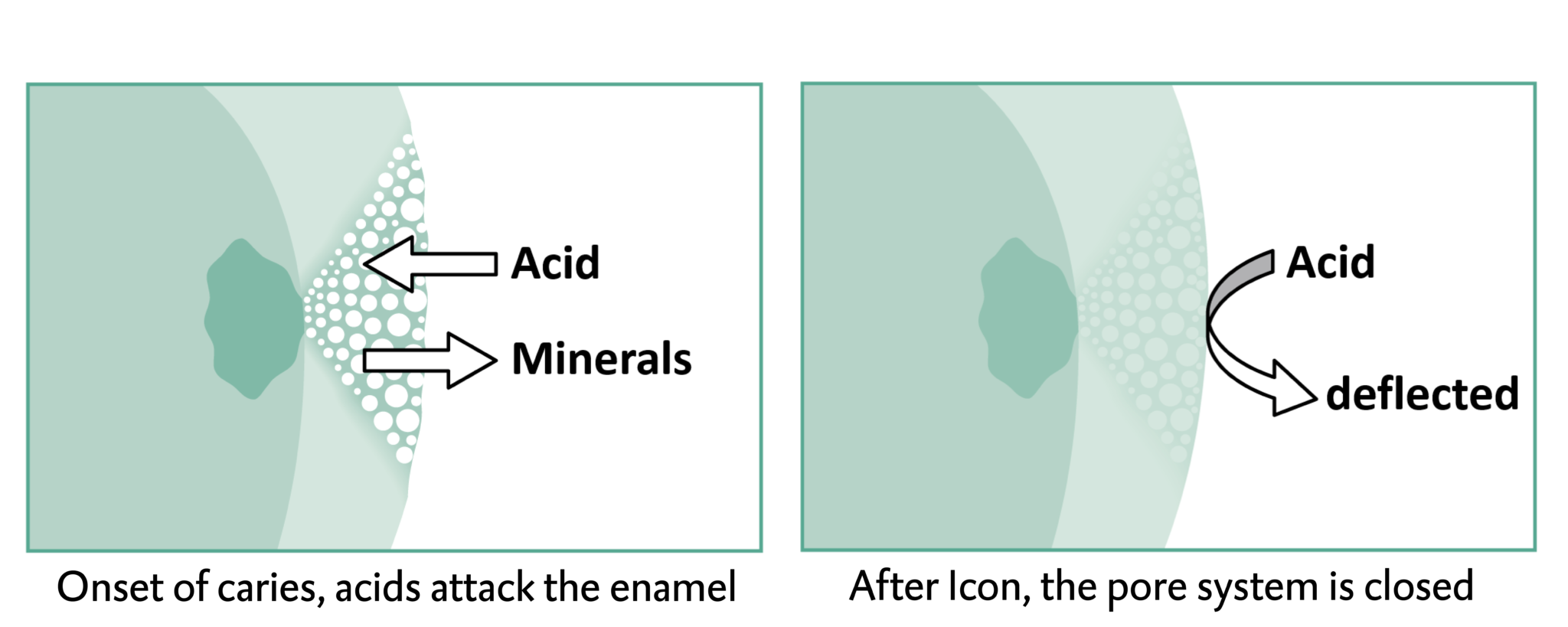 What intervention gives you the ability to save your patients’ tooth structures while avoiding invasive procedures and multiple appointments? The answer is proximal resin infiltration for the tricky caries that patients can’t see, but that can impact their oral health for a lifetime.
What intervention gives you the ability to save your patients’ tooth structures while avoiding invasive procedures and multiple appointments? The answer is proximal resin infiltration for the tricky caries that patients can’t see, but that can impact their oral health for a lifetime.
When you take an X-ray for a pediatric patient, you may immediately notice the challenging foe you are now dealing with: early caries in between teeth. Left untreated, caries can run rampant and lead to potentially bigger dental issues down the road. As their dentist, you have a few preventative options like fluoride varnish and remineralization, but in early-stage caries, nothing compares to the power of resin infiltration to halt caries in their tracks and prevent this insidious problem from advancing past the first third of the dentin. It’s the go-to solution in your arsenal to combat interproximal lesions without drilling, that uses low amounts of aerosol.
Why is resin infiltration SO effective?
![]()
Because it provides the highest likelihood of preserving the greatest amount of healthy tooth structure. This enables you to help patients avoid drilling, pain, anesthesia, and unnecessary tooth structure loss. It infiltrates the lesion, pausing its growth so that pediatric patients can continue their development without burdensome caries, and adults can stop the progression in its track, preserving their dentition. Plus, the treatment only requires a single patient visit. It is hard enough keeping kids comfortable at the dentist, so limiting seat time is a must.
The long-term upsides to this kind of treatment are unavoidable and life changing. With proximal resin infiltration, pediatric patients don’t have to undergo drilling on teeth that will fall out anyways on their journey to adulthood. They (and more importantly, their parents) will thank you for your conservative efforts. One of the original users of Icon, Dr. Richard Chaet, explained that “Our three-year, retrospective study has found a 98% of interproximal enamel lesions in permanent teeth treated by Icon.” He also stated that “Our practice has benefitted from happy patients and parents, and, of course, greater revenue.”
Combat Incipient Lesions and Prevent Recurrent Caries with Microinvasive Proximal Resin Infiltration
Proximal lesions are difficult to reach and clean effectively, so they are especially common in kids who are new to at-home oral maintenance or struggle to brush and floss properly.
With this ingenious yet simple method, proximal infiltration treats incipient carious lesions before the caries evolves past the point of no return. When the lesion hasn’t advanced beyond the outer third of dentin, you now have the option to attack interproximal spaces with a method that will keep patients healthy and happy.
The general process is simple: X-ray, etch, dry, apply resin infiltrant, then cure. One of the most impactful uses of resin infiltration is in the case of proximal caries.

Tips You Can Use to Excel With Proximal Infiltration Treatment
Curious how real dentists use proximal infiltration daily in their practices? Check out this case by Dr. Chaet, who is passionate about “filling without drilling.” Dr. Chaet treated a patient who presented with a small interproximal lesion on mesial tooth #19. Instead of waiting and watching for the lesion to progress, he used Icon Proximal to keep it from moving deeper into the dentin.
How do you achieve this level of results? It’s much easier than you think. Still, it doesn’t hurt to learn from the greats to speed up your success. Here are some in-depth approaches from DMG experts to achieve excellence with Icon Proximal infiltration:
Tip #1: Use Orthodontic Separators to Improve Resin Coverage
Leverage the ease of orthodontic separators to make space interproximally and reach those tough interdental spaces. Check out videos from Dr. Carla Cohn and Dr. Jeanette MacLean to see two different perspectives on this approach. Dr. Cohn emphasizes how to manage patients with particularly tight contacts, while Dr. MacLean dives into when and how orthodontic separators create necessary space. With a large enough separator, there is the added benefit of being able to tell more easily whether a lesion is cavitated.
Tip #2: Repeat Application for Maximum Infiltration
Proximal resin infiltrant can be applied more than once. This maximizes the power of capillary action to get resin deep into the lesion. Watch this video from Dr. Leandro Hilgert to see why he allows the infiltrant to sit for one minute, thereby ensuring the treatment’s efficacy. He also uses a couple of finishing techniques like polishing strips to ensure a satisfying final result.
There is no reason your patients can’t have the best of both worlds: preventing caries from worsening while limiting invasive treatments. Once you try out proximal infiltration, you’ll never look back.
To kickstart your Icon Proximal journey and transform your patients’ futures, check out more information at: https://drilling-no-thanks.info/proximal/
![]()












